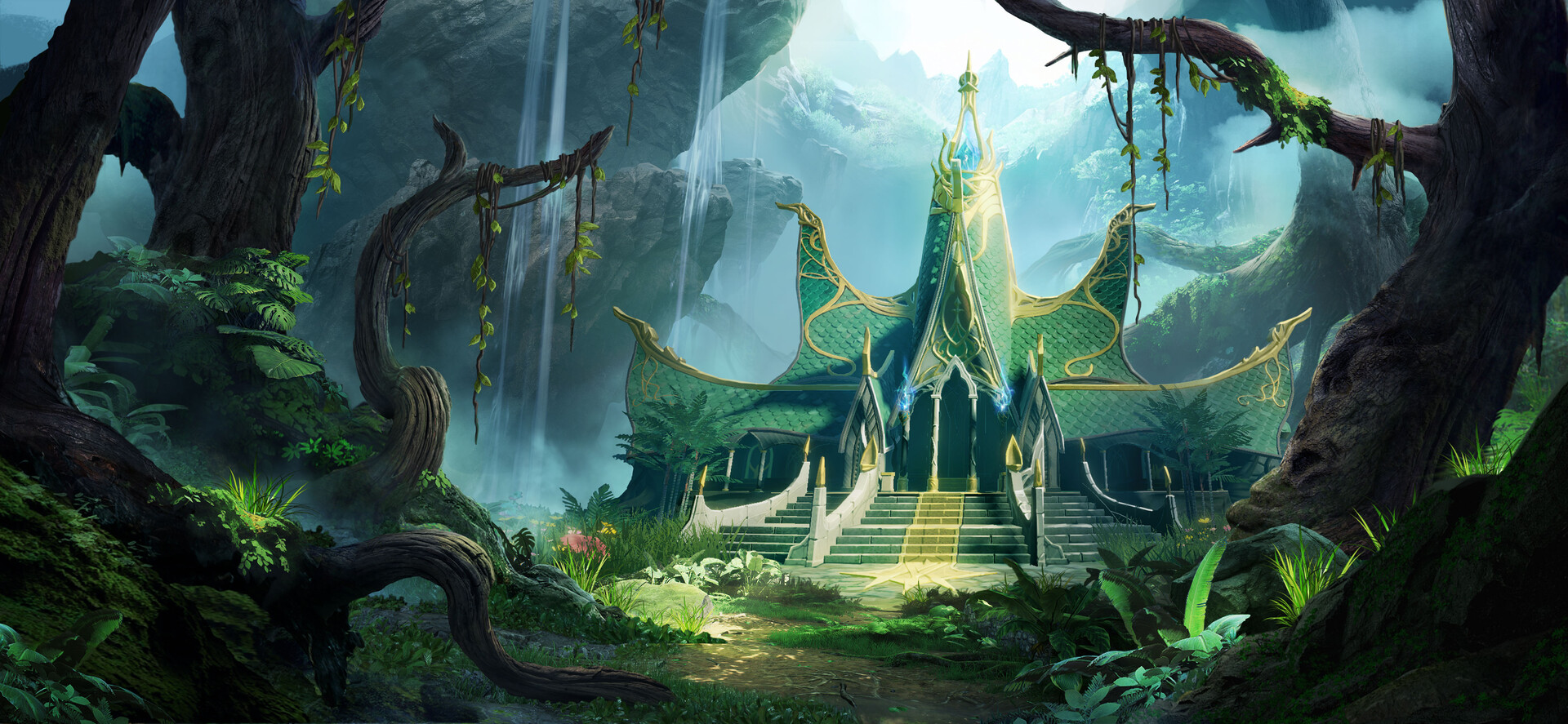Camaerithian
Of the cultures that stand in present day Emaxus, Camaerithian is the eldest. Belonging to Camaerith, one of the four Shelter Cities, Camaerithian is the "purest" elven culture still remaining. On account of Camaerith's long-standing isolation and xenophobia at large, Camaerithian is a highly-traditional and deeply conservative culture. This has been changing in the past few decades, what with the Camaerithian Concord and all, but Camaerithian elves are still largely, if not xenophobic, at the least very isolated.
While there are exceptions to every rule, Camaerithian is almost exclusively an elven culture, and primarily high/wood elves, at that. You would be hard-pressed to find a drow or an astral elf here, and though non-elves are becoming more common, they are still foreigners. Camaerith hasn't been open to the outside world for a long enough period to really have naturalized races yet.
Naming Conventions
Camaerithian names are essentially just the standard elven names as seen in the Elf racial article; however, they differ in two major ways: one, they value family names very highly, and two, they never bastardize their names with other racial/cultural naming conventions.Culture
Major language groups and dialects
Camaerithian elves all speak Camaerath, a dialect of Elvish that is close enough to its progenitor to be navigable but still distinct. Beyond that, they tend to speak Common and Elvish.
Culture and cultural heritage
Camaerith was once the capital of a vast elven empire that fell in the Reckoning. The city itself survived by way of Syluru and Valereth creating the Wild Heart underneath it, a titanic tree that propelled the city more than a mile into the air. Being nestled atop a monolithic tree and in the heart of the largest forest in the world (the Arakhor Tathra), Camaerithians have a deep appreciation and respect for nature, their heritage, and the "Twin Gods," Syluru and Valereth.
Shared customary codes and values
Camaerithian elves put a great deal of emphasis on the respect of elders. Whether it be your teacher, your parent, or an elder sibling, those who have greater age than you are seen as having greater wisdom than you. As such, they are to be listened to and heeded, if not obeyed outright. Luckily, Camaerith is a very meritocratic society. Generally speaking, those with the greatest abilities will be rise to the positions where their abilities are most useful. This means that, typically, your elder will actually be someone with greater experience or wisdom, and not a stupid person who earned their spot from nepotism or the like.
Art & Architecture
Camaerithian art and architecture is some of the most refined and ancient stylings in the world. Harkening back to their roots in the Age of Rebirth, Camaerithian structures are built with a fusion of marble and living wood, molded and magically woven into sweeping structures of curves and arches. Camaerithian art is similar: often times, paintings are of landscapes or the sky as seen from the Wild Heart's canopy, or depictions of Camaerith in the elder days, before the Reckoning.
Coming of Age Rites
When a Camaerithian elf decides they wish to proclaim their adulthood, there is a certain ceremony that must be followed. Camaerith is deeply steeped in tradition and culture, and their coming of age rites are no different. This ceremony is vital to a Camaerithian elf being seen and treated as a true adult. Indeed, until they have completed it, there are even certain limits upon what they can and can't do. For example, an elf who has yet to complete the ceremony cannot own property, as they are not yet a true adult in Camaerithian society's eyes.
The ceremony is comprised of two parts: first, the Tyaltasama (Test of Mind), then the Ylma Arakhor (Blessing of the Heart). The Tyaltasama takes place in the temple at the heart of the city. There, the elf undergoing the coming of age ceremony drinks the Fara Swele (Illusion of the Soul), a holy potion concocted by the Curators within the temple. This potion is a hallucinogenic, and induces a vision of the imbiber's greatest fears, which, when an elf drinks it, are derived from the memories of their past lives. With this hallucination, the imbiber then must face a trial of their mind and soul.
Within this trial, the elf could face anything from grueling combat from their past lives to a trial of their mind and soul. Sometimes, their spirit is scarred and their mind is broken. This is rare, as the clergy and the family of the elf in question do their best to prepare them for any trials they may face within the hallucinated space. Either way, once they complete these trials, they come out of the trance and are taken into the second step of the coming of age ceremony: the Ylma Arakhor.
The elf is led down beneath the temple, into the center of the Wild Heart. There, the circle of druids that guards the shrine grant the elf the Ylma Arakhor, the Blessing of the Heart. This restores their body and mind, eases their soul through any traumas it may have, and prepares them for adulthood in a state of peace and tranquility. After the Ylma Arakhor, the elf is officially an adult.
Related Organizations


Comments